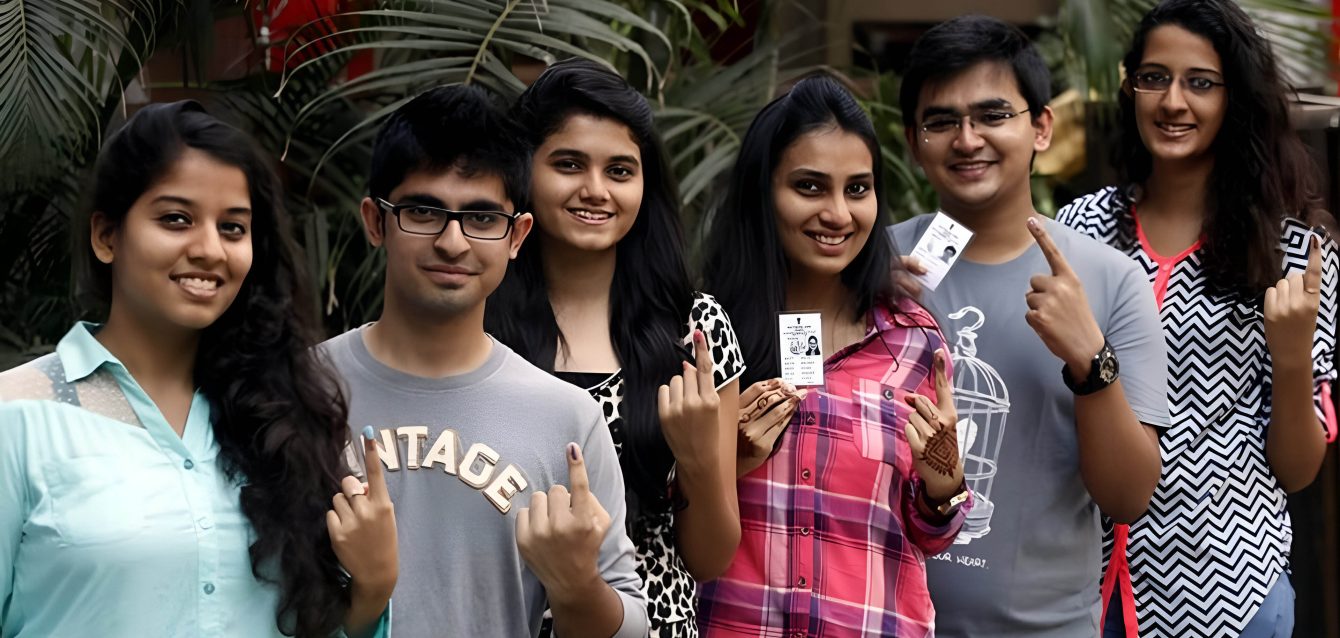The Brief
The campaign was created as an official entry for Cannes Young Lions 2024. The brief was to energize India’s youth by raising awareness of their voting rights, prompting them to break free from apathy and actively participate in the upcoming election. The primary objective was to significantly increase youth voter turnout, fostering a sense of responsibility and engagement in the democratic process.
Target Group (TG)
Age Group: 18-25 years old
India’s youth often feel disconnected from politics, believing their individual vote has minimal impact. The campaign aimed to inspire them by illustrating how their vote could directly influence the nation’s future.
Expected Response: The desired outcome was to achieve maximum youth voter participation in the upcoming election. By showcasing the power of individual votes, the campaign aimed to bridge the gap in democratic representation and amplify the youth’s voice in shaping the nation’s political future.
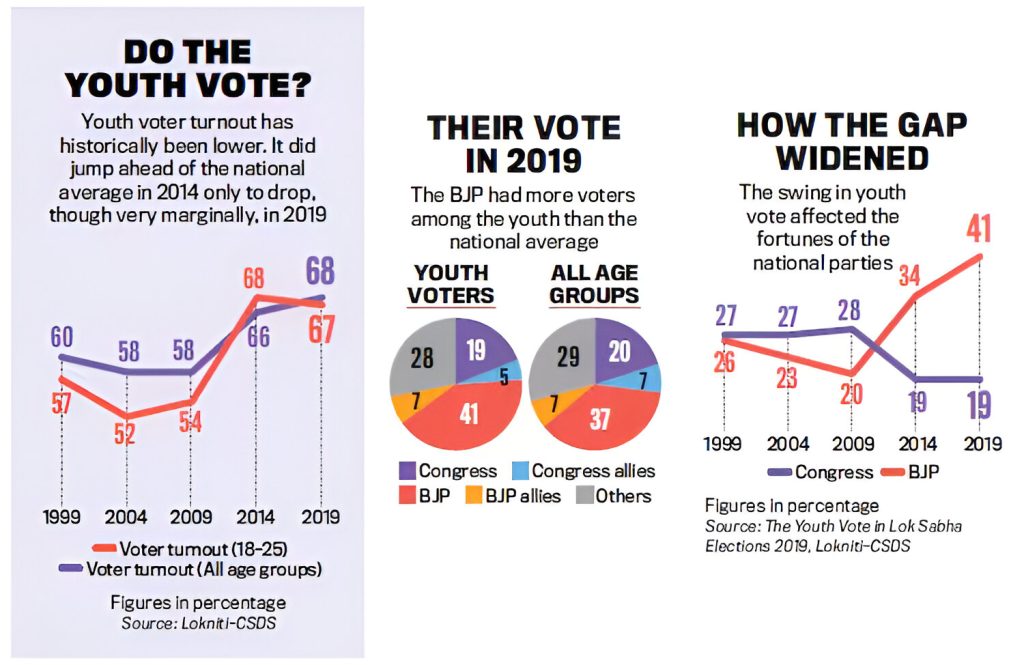
The Big Idea: 'Way To Vote'
Our campaign leaned on a powerful yet simple visual device — the Voter’s Arrow. Inspired by India’s iconic inked finger symbol, we transformed it into a directional hand sign. By rotating this hand symbol, we guided people towards polling stations while emphasizing what their vote could achieve. This consistent visual element ensured seamless integration across print, digital, and OOH touchpoints.
Creative Execution
1. Design & Visual Identity
The campaign’s design prioritized clarity, minimalism, and purpose. Central to this was the Voter’s Arrow — a bold, 2D hand icon with an inked index finger, symbolizing the act of voting. This visual device doubled as a directional guide, seamlessly connecting the campaign’s purpose with practical action.
For typography, we selected Transport, a typeface commonly used by India’s NHAI (National Highways Authority of India) and government road signage. This strategic choice enhanced familiarity, improved legibility, and reinforced the theme of guidance and direction.
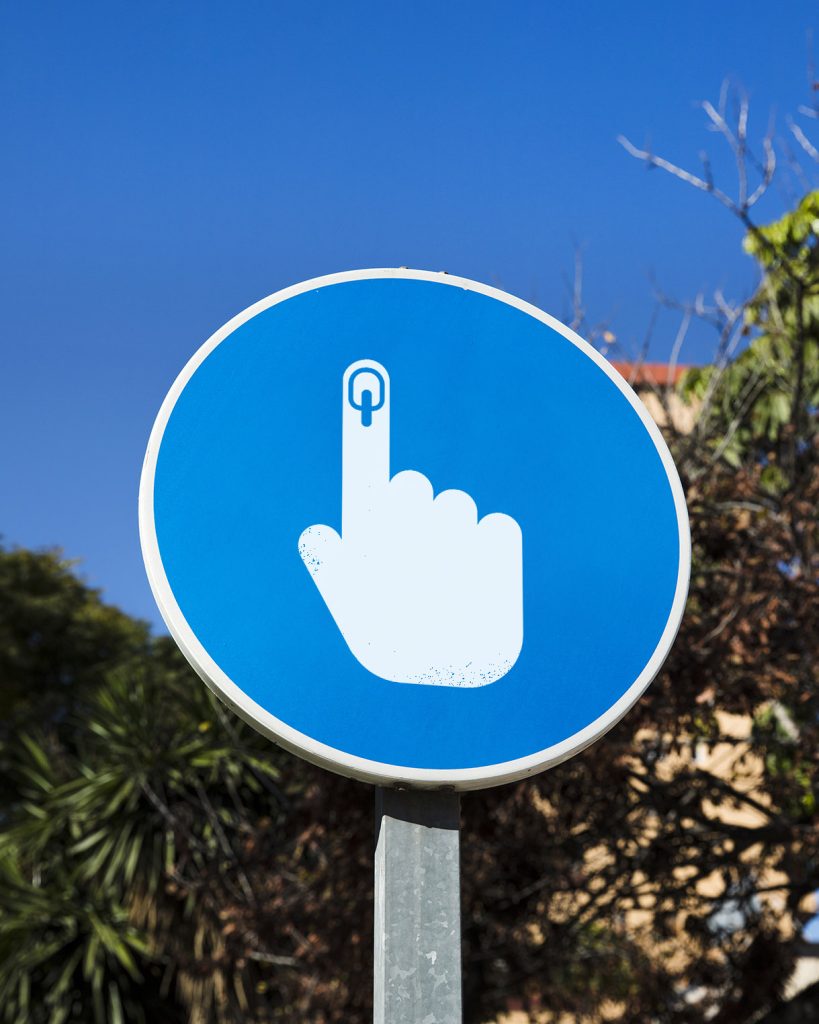
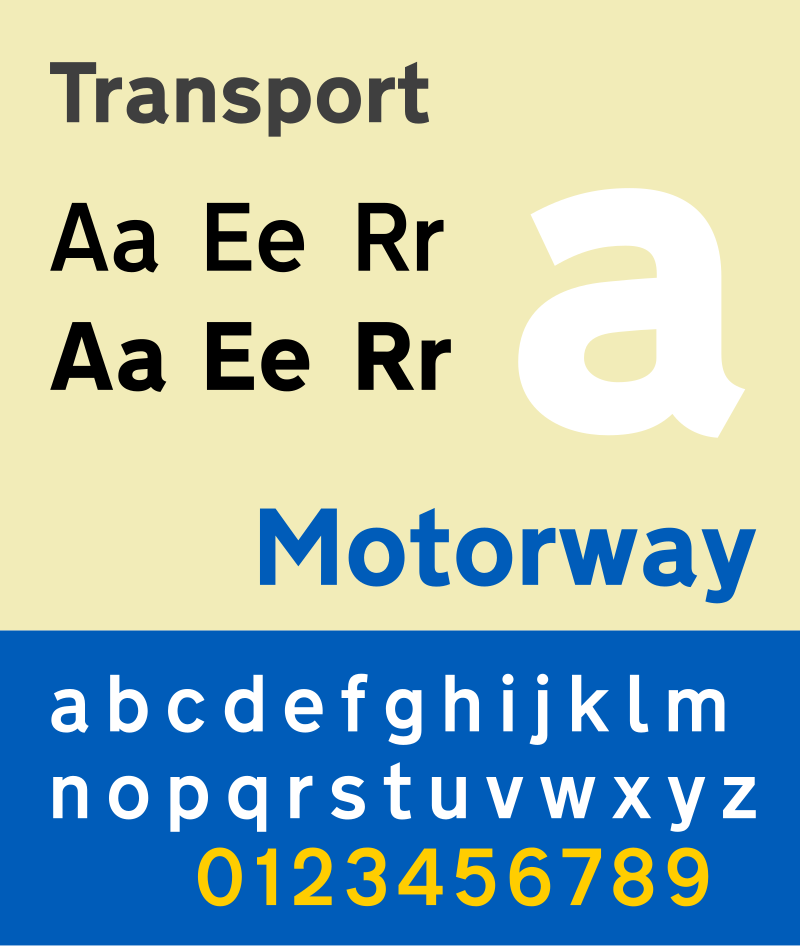
2. Print Ads
The print campaign utilized full-page newspaper ads showcasing familiar road lane dividers — but with a twist. Each divider visually transformed into symbols representing key societal improvements:
A tie — indicating improved job opportunities.
A tennis racket — symbolizing enhanced sports infrastructure.
A pencil — representing better educational policies and institutions.
In the center of each ad, a QR code featured the Voter’s Arrow with an inked index finger. Scanning the QR code led users to Google Maps, where their location was used to trace the route to their nearest polling station. Each ad reinforced the message with the tagline: Way to Vote | Way to Better Opportunities.
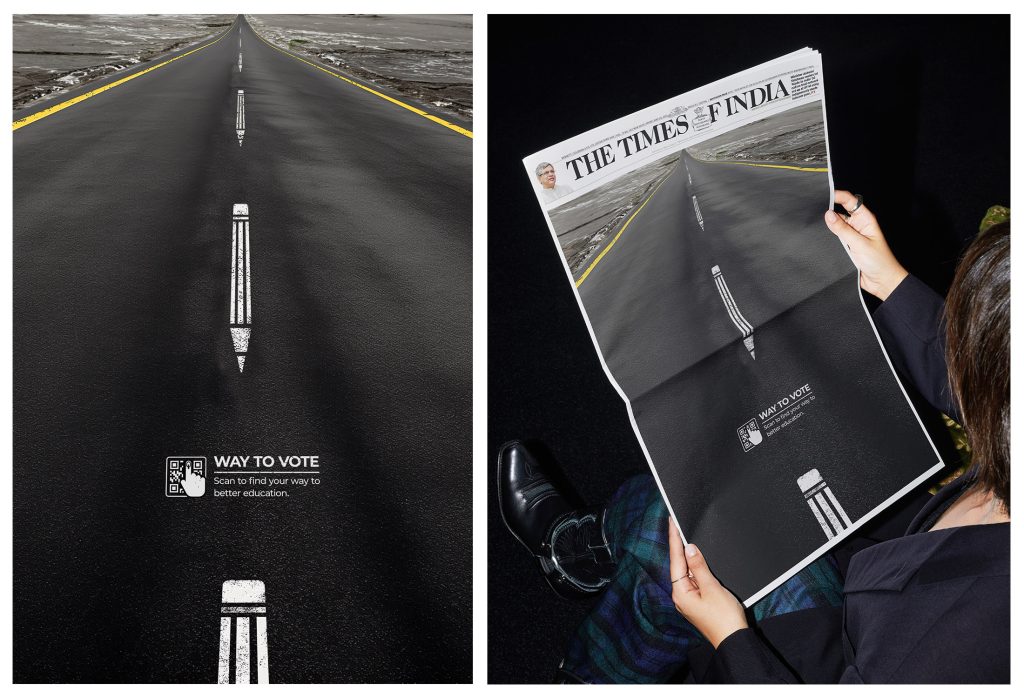
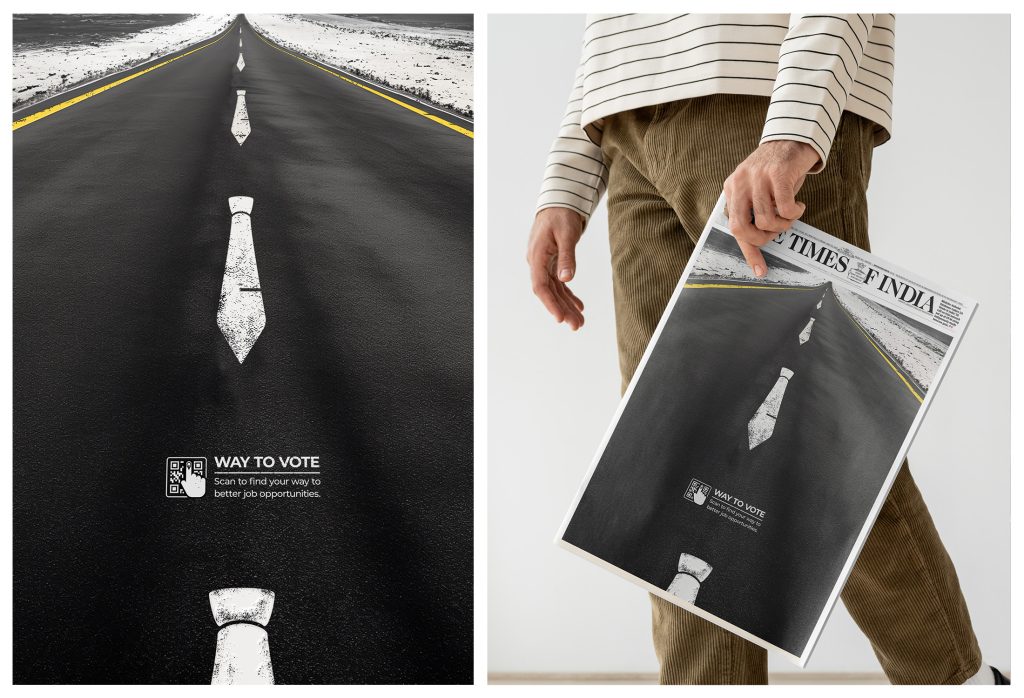
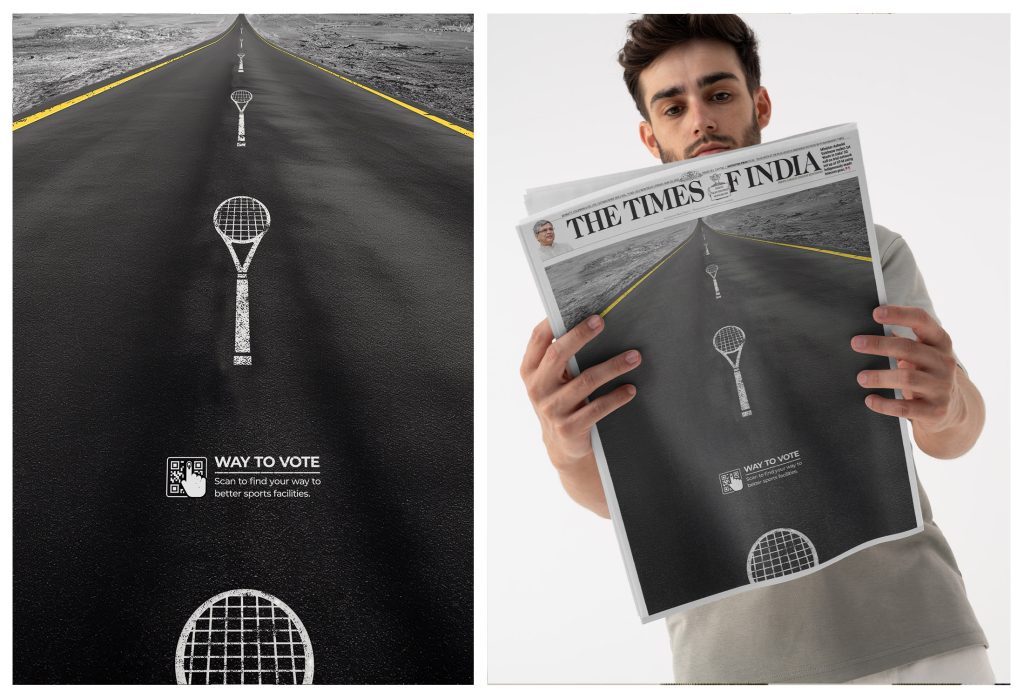
3. Digital Integration: Partnering with Google Maps
To seamlessly integrate with voters’ daily navigation habits, we collaborated with Google Maps. When users searched for routes to common destinations, they were offered an alternative route — one that passed by a polling station. This alternate route included callouts such as:
“For better education”
“For more medical colleges”
“For better public transport”
The Voter’s Arrow was prominently displayed in the Google Maps interface to ensure visual consistency. This way, they would be reminded of their responsibility while not being too intrusive.
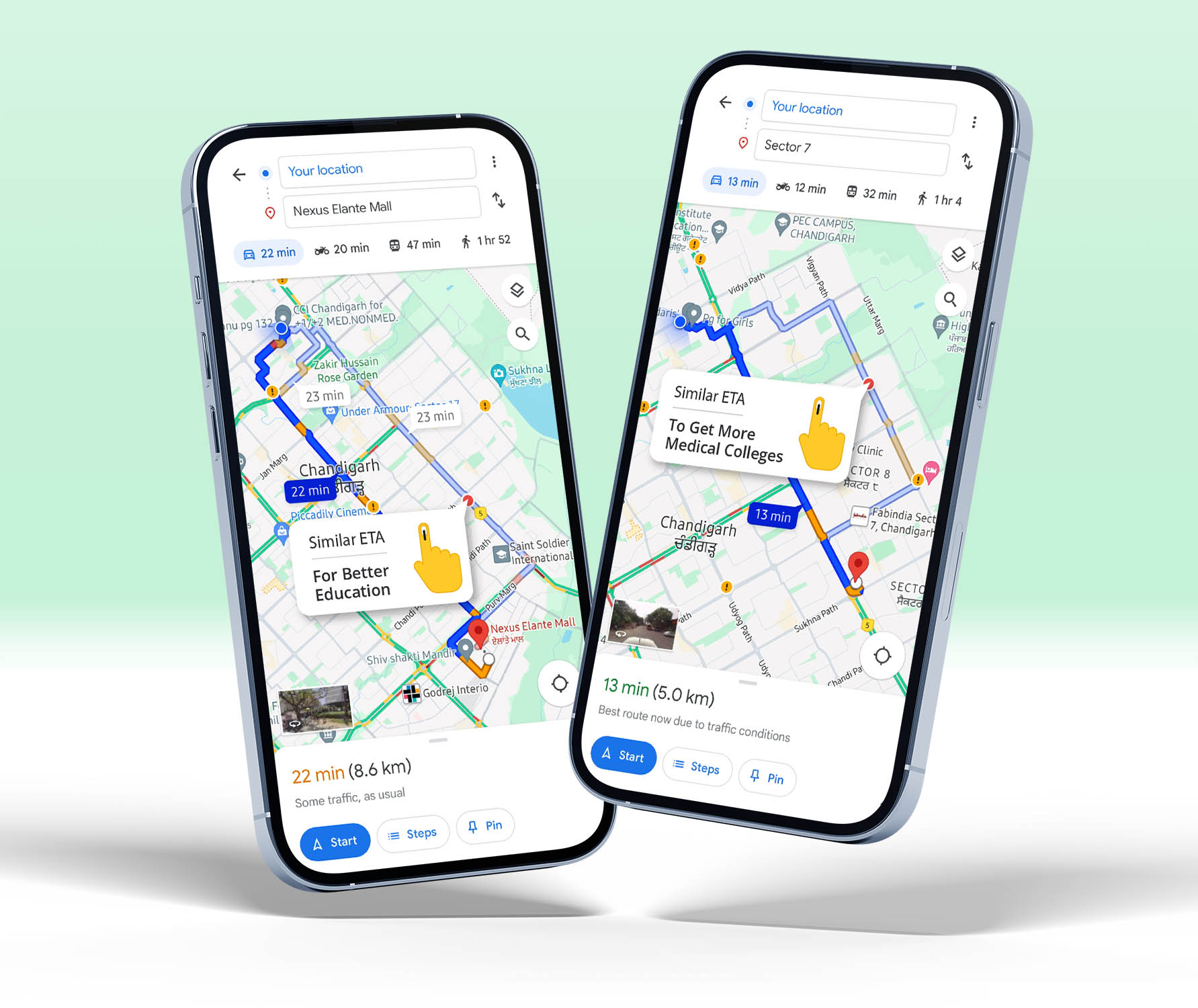
4. Out-of-Home (OOH): Milestones to Change
Our OOH strategy targeted high-traffic areas near polling stations. Each sign combined the Voter’s Arrow with directional cues and meaningful messages:
“0 KM for better public transport.”
“For better roads” — with the hand pointing in the direction of the polling station.
“For more schools” — integrating dual-language signage to resonate with India’s diverse population.
By pairing directional cues with clear social outcomes, we ensured that the act of voting felt purposeful and impactful.
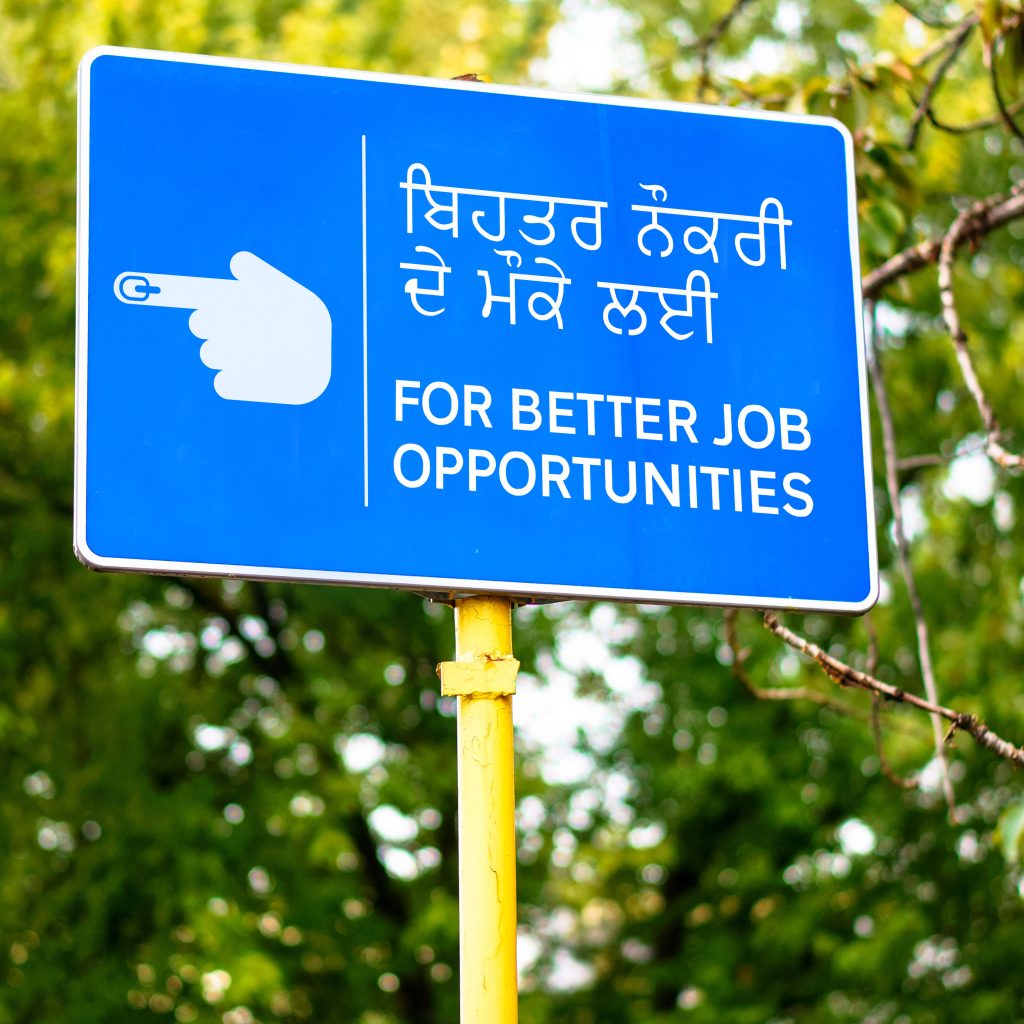
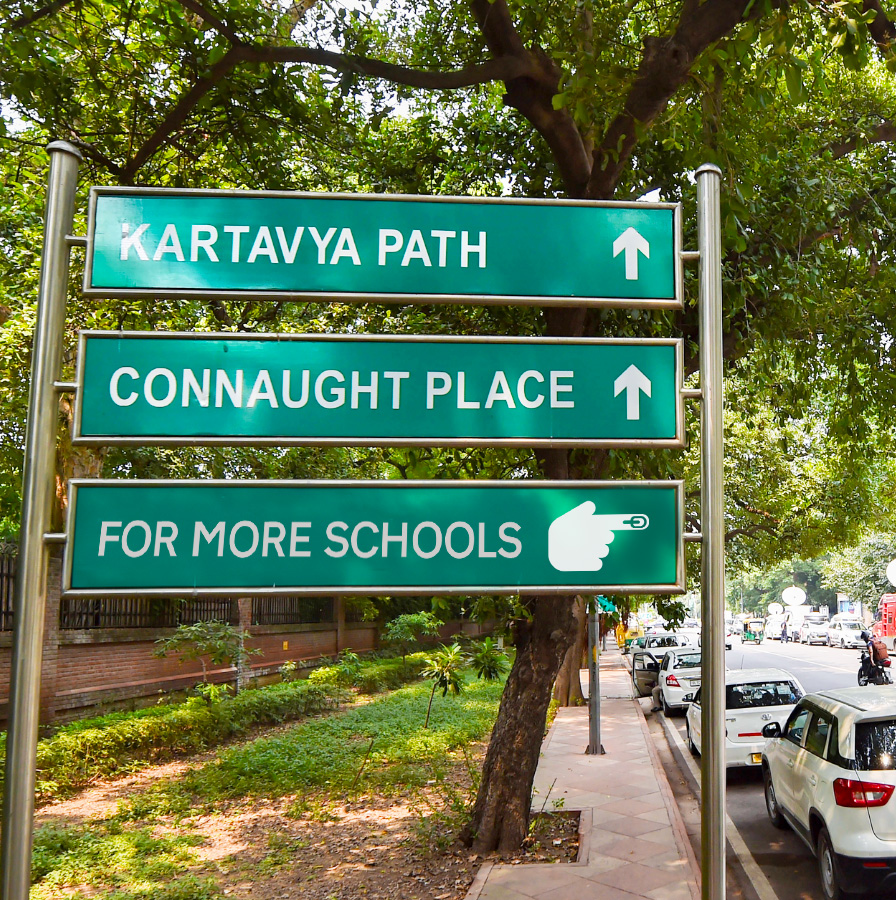
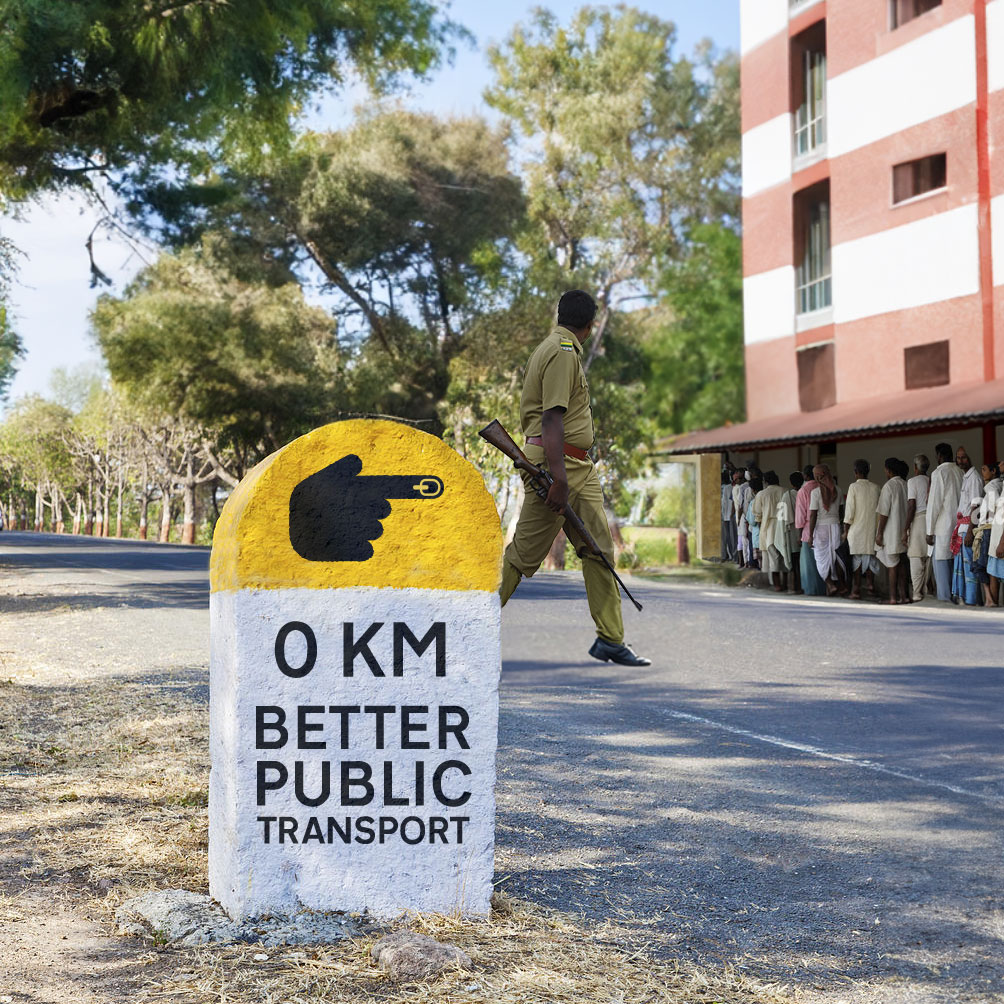
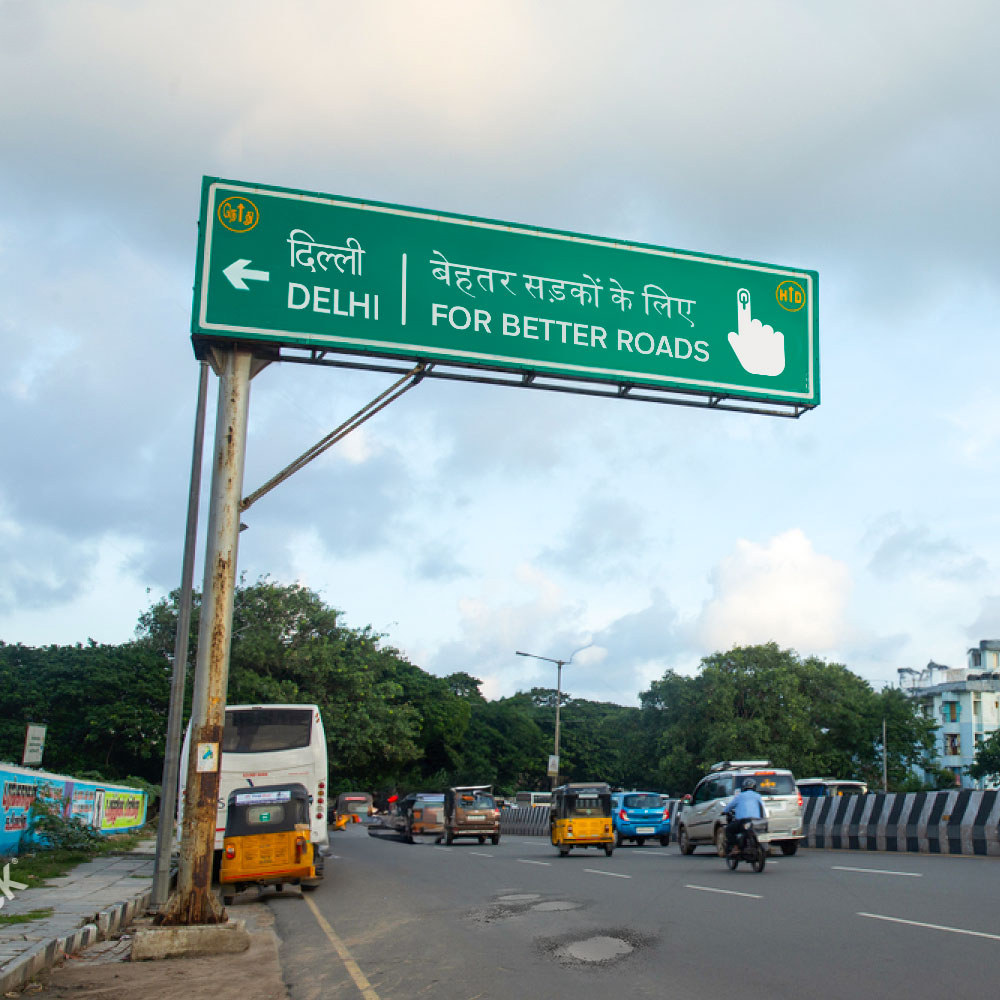
Conclusion
The ‘Way to Vote’ campaign positioned voting as more than just a civic duty — it became a call to action for change. By guiding young voters toward polling booths and linking their participation to tangible societal improvements, we tackled apathy with optimism.
Through a unified visual language, interactive digital integration, and meaningful print and OOH messaging, the campaign bridged the gap between intent and action — reminding India’s youth that their vote is the key to progress.
Creating the 'Way to Vote' campaign was more than just a creative challenge — it felt like a responsibility. While working on this with Garima, we knew voter apathy wasn't just a statistic; it was a mindset deeply rooted in disconnection and doubt. The challenge wasn’t just to inform — it was to inspire belief. Belief that one vote can shape a nation's future. This campaign reminded us that creativity holds the power to move people — not just toward sales, but toward what’s right.
Anshul Kapur (from my notes)


